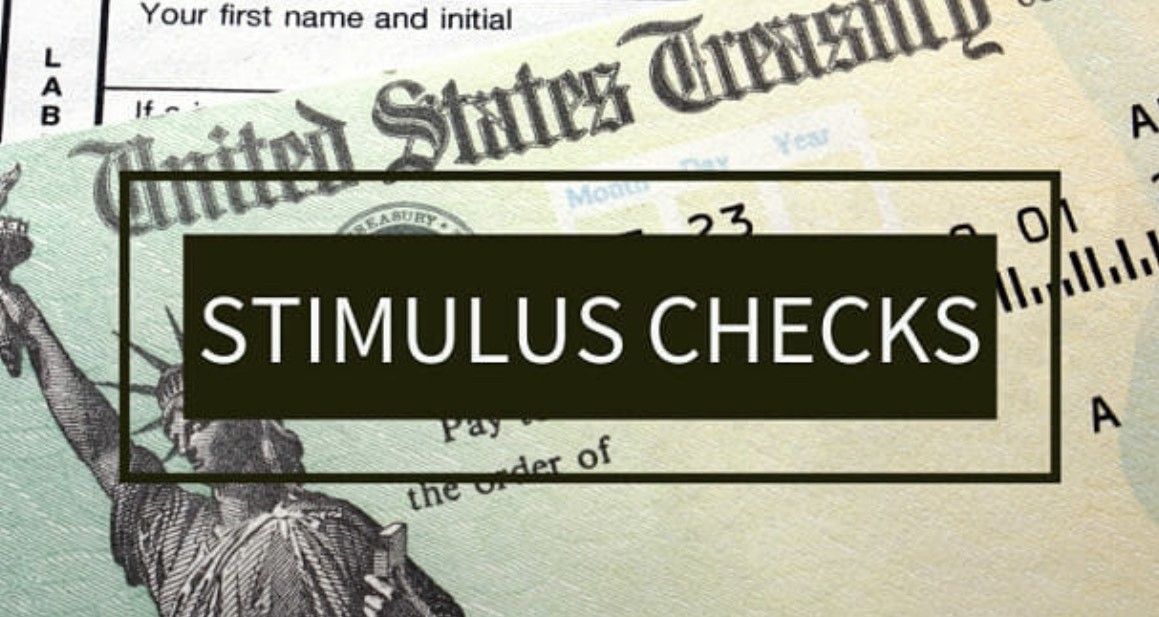Amidst economic uncertainties, the prospect of a $12000 stimulus check emerges for eligible recipients, offering a significant lifeline in challenging times. While no direct fourth payment is planned, state and federal rebates provide a semblance of relief for struggling Americans.

The Promise of the $12000 Stimulus Check
As the allure of the $12000 stimulus check beckons, eligible individuals find solace in various tax credits and rebates. Understanding the criteria for qualification becomes paramount in navigating the labyrinth of financial assistance.
The Federal Income Tax Credit, the Young Child Tax, and the California Earned Income Tax Credit converge to offer potential recipients the coveted $12,000 stimulus check. Income thresholds and familial circumstances play pivotal roles in determining eligibility, underscoring the nuanced nature of financial aid.
The Federal Income Tax Credit provides a substantial boost for those meeting specific income criteria, with potential payouts ranging from $600 to $7,430 based on the number of dependents. Meanwhile, Californian residents may tap into the CalEITC and Young Child Tax Credit, augmenting their financial relief through state-specific initiatives.
Filing taxes for the preceding year is the gateway to unlocking the $12000 stimulus check. Timely submission and adherence to state and federal deadlines ensure that eligible individuals maximize their potential rebates, mitigating financial strain and fostering stability.
READ ALSO: States with Child Tax Credit: 10 Places Offering Extra Relief in 2024
Navigating the Path to Financial Relief
As individuals journey towards accessing the $12000 stimulus check, strategic planning and adherence to procedural guidelines become paramount in realizing financial relief.
The commencement of tax season heralds the opportunity for eligible recipients to file their 2023 taxes, paving the way for the disbursement of rebates. With federal and state deadlines looming, meticulous attention to detail ensures that individuals seize the full spectrum of available assistance.
The practicality of electronic filing expedites the processing of refunds, promising recipients a swifter influx of much-needed funds. Conversely, those opting for traditional paper returns must exercise patience, awaiting the fruition of their financial endeavors within a three-month window.
READ ALSO: SAVE Student Loans scheme: Does the SAVE student loan scheme have tax implications?



